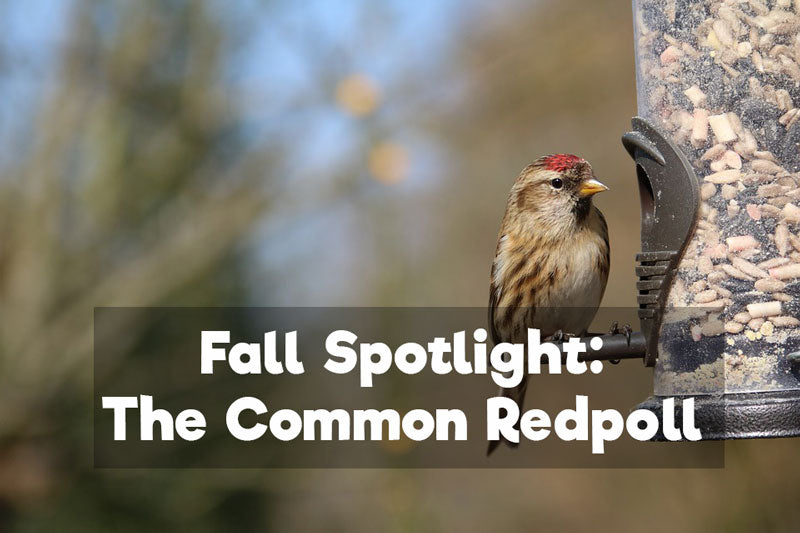Offer
Provide additional details about the offer you're running.
Provide additional details about the offer you're running.
Provide additional details about the offer you're running.

For those of us residing here in the Ottawa area, fall is certainly upon us, despite the last efforts of a couple of days of summer sun. With that in mind, many of us are quickly switching gears from summer birding to fall and winter birding, anticipating the arrival of some of our favourite winter birds, including the variety of finch species set to descend upon us.
If you have been watching us on YouTube or following us on Facebook or Instagram, you already know that this year’s finch forecast has plenty in store for us here in Eastern Ontario.
In what is being touted as an irruption year, expect a wide variety of finch species in your yard as the temperatures continue to fall and northern birds head south for additional and reliable food sources.
As part of this irruption, one of our favourite finch species is expected to make an undeniable appearance; the common redpoll. These beautifully coloured birds are a pleasure to behold and will be a frequent visitor if your yard is set up to accommodate them properly.
Here’s how to spot them:
As with many finch species, these are small, sparrow-sized songbirds with small heads matched with an equally small, yet powerful bill. When it comes to colouring and plumage, they are tough to confuse with any other finch species. While they are brown and white in the majority of their colouring, this species is denoted by their small red patch of feathers on the head of both sexes.
The females are more of an overall brown colouring with the red patch atop their heads, while their male counterparts feature a bit whiter colouring and sport a faint redish-pink vest on their chest and upper flanks.

Traditionally, these are birds of the north and prefer open forested areas to open fields and are extremely common during the winter months in backyards offering them the right food. Traveling in flocks, much the same as other finches, they only head south to our area when the going gets tough in northern climates. Forecasting sightings are paired with available seed and cone crops in their home range and when supply is low, they head south looking for reliable food sources.
Matching much of the notes from their calls, the song of the common redpoll can last for upwards of 60 seconds in length. Their calls are comprised of chattering, zaps, nasally whistles and an unmistakable rising trill towards the end of their call.
Add this all up and you will find variations of their songs that can be easily recognized by birders, and that can give way to some near perfect sightings in and around the feeders in your yard throughout the winter months.
High Quality Blend